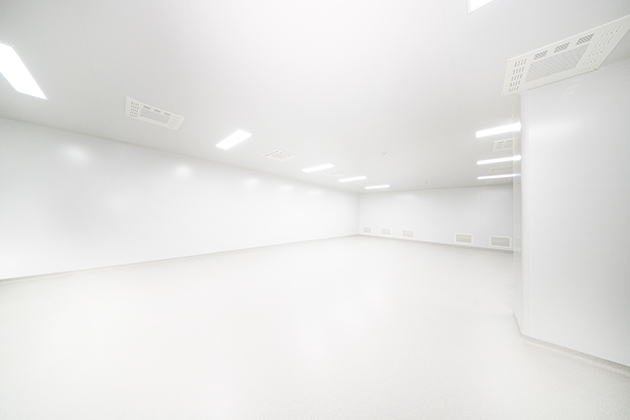We have a passion for unconventional solutions that bring your vision to life.
Cleanroom contamination control is at the core of ensuring product quality in industries such as pharmaceuticals, biotechnology, electronics, and food. Here we are going to systematically answer the frequently asked question "How to prevent cleanroom contamination?" covering everything from identifying sources of contamination to preventive measures, helping businesses optimize their cleanroom management, improve compliance levels, and enhance operational efficiency.
I.Main Sources of Cleanroom Contamination
Contaminants in cleanrooms can be categorized as follows:
Personnel Contamination: Shed skin cells, respiratory aerosols, clothing fibers, etc.
Equipment Contamination: Particles or chemical substances released from uncleaned or poorly maintained production equipment.
Material Contamination: Uncleaned raw materials or packaging materials.
Air Contamination: External air infiltrating through door gaps and unsealed areas.
Process Contamination: Secondary contamination caused by improper operations or cross-contamination.
II. 10 Effective Measures to Prevent Cleanroom Contamination
Establish Personnel Behavior Protocols:
Strictly enforce gowning procedures; wear cleanroom suits, masks, and gloves before entering.
Control the number of personnel and frequency of movement to minimize unnecessary entry and exit.
Train employees on cleanroom behavior guidelines and contamination awareness.
Optimize Cleanroom Zoning Design:
Set up different cleanroom grade areas (e.g., Grade A/B/C) according to ISO 14644 or GMP standards.
Design logical personnel and material flow paths to avoid cross-contamination.
Utilize airlocks and air showers to control contaminant transfer.
Ensure Efficient Operation of Air Purification Systems:
Install HEPA or ULPA high-efficiency filters and regularly test their filtration efficiency.
Maintain positive pressure control to prevent the backflow of non-clean air.
Periodically verify air volume and airflow patterns.
Strengthen Material and Equipment Cleaning:
Develop SOPs (Standard Operating Procedures) for cleaning, specifying frequency and cleaning agents.
Use lint-free wipes and dedicated cleaning equipment to avoid secondary contamination.
Clean or sterilize the outer packaging of materials before introducing them into the cleanroom.
Implement Environmental Monitoring and Risk Assessment:
Install particle counters and settle plate/active air sampling systems for microbial monitoring.
Develop a monitoring plan that includes dynamic and static sampling points.
Review data for anomalies, analyze contamination trends, and implement timely corrective actions.
Control Access with Door Interlock Systems:
Implement door interlock systems to prevent personnel from opening multiple doors simultaneously.
Introduce fingerprint or card recognition technology to control access permissions.
Use Cleanroom-Specific Building Materials and Equipment:
Employ antistatic and non-dust-accumulating cleanroom wall panels, flooring, and ceilings.
Use cleanroom-certified equipment, such as cleanroom pass-through chambers and stainless steel workstations.
Maintain a Formalized Maintenance and Calibration System:
Regularly calibrate critical parameters such as temperature, humidity, pressure differential, and air velocity.
Maintain equipment to prevent the release of contaminants like lubricants and debris.
Establish Change Control and Deviation Management Mechanisms:
All changes to processes, equipment, and layouts must undergo risk assessment and validation.
Promptly record and track any deviations from standard operating procedures.
Enhance Audit and Continuous Improvement Mechanisms:
Conduct regular internal audits to identify potential contamination risks.
Engage third-party cleanroom testing or validation agencies.

III. Cleanroom Contamination Control is a Systematic Project
Cleanroom contamination control relies not only on air purification equipment but also heavily on standardized personnel management, process control, and optimized building structure. Businesses should systematically plan from the design, construction, and validation phases to operation and maintenance, forming a closed-loop management system to ensure the continuous compliance of their cleanrooms.

Wiskind Cleanroom specializes in cleanroom enclosure system , ceiling system, cleanroom doors and windows and related product development, manufacturing, sales, consulting and services.